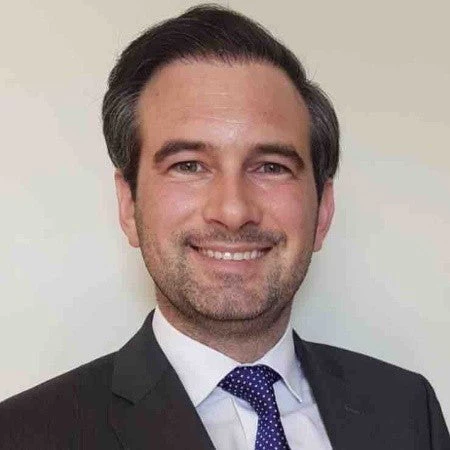 Amazonian Rainforest in Marajo Island, Brazil - Photo by Marcelo Camargo/Agência Brasil
Amazonian Rainforest in Marajo Island, Brazil - Photo by Marcelo Camargo/Agência Brasil
Brazil risks losing its Amazon
Since agriculture was invented about 12,000 years ago, humans have gradually altered – and destroyed – natural landscapes. Only about 13 percent of the earth remains wild today. In Brazil, its agricultural frontier continues to push ever deeper into “the lungs of the world”, destroying millennia-old ecosystems, home to exceptional biodiversity and 300,000 indigenous people and jeopardizing the regional and global climate. Fortunately, there is much attention focused on protecting it, a cause supported by more than 60 percent of the population of Brazil, where two-thirds of the Amazon lies.
Brazil has long been a pioneer in forest conservation, with protected areas and indigenous territories in its nine Amazonian states, which together cover more land than France, Spain, Germany, Italy and the UK combined. Municipalities have been blacklisted, soy farmers and cattle ranchers have committed to deforestation-free zones, and real-time satellite monitoring has enabled Brazil to detect illegal deforestation quickly and, in principle, mobilize law enforcement to stop it.
All of this has helped to protect the Amazon. Yet over the past seven years deforestation has been on the rise again, turning the Amazon from a carbon sink into a net carbon emitter. There are real risks that a tipping point will be reached that triggers an irreversible dieback. This would be a regional and global calamity: for Amazonia’s indigenous people, farmers and hydropower producers across South America, and global biodiversity, and it would accelerate global warming.
Further deforestation must be urgently avoided. So how much would it cost to provide incentives for stopping deforestation?
What is the (Brazilian) Amazon worth?
A first step is to estimate the Amazon’s monetary value (see Table 1). As it is impossible to assess all components of the standing rainforest, our estimates are only minimum values.
Table 1: Values of the Brazilian Amazon, with minimum assessment of protection values. Figures in annual US$ billion.

- Private value: This includes the sustainable production of timber, Brazil nuts, rubber, tourism, and other goods.
- Regional public value: This includes the ecosystem’s benefits for the whole continent, through local climate regulation and precipitation (the “flying rivers” of Amazon rains blessing the entire continent), pollination, and the protection provided by intact forests against wildfires in the Amazon itself.
- Global public value: This accounts for the lion’s share of the Amazon’s value, largely due to its enormous capacity to store CO2, which we conservatively value at US$40 per ton. In addition, considerable “option value” – as a medicinal treasure chest for the pharmaceutical industry, for example – is associated with the Amazon’s biodiversity. There is also value in the mere existence of the Amazon and its biodiversity, which can be estimated through surveys.
Summing them up, the Amazon generates at least an annual value of US$317 billion which dwarves the US$43-98 billion we generously estimate as the value associated with cutting down these forests for timber, ranching, soy, or mining.
How much should we pay to protect the Amazon?
Although monetizing the Brazilian Amazon’s value would amount to eye-watering annual payments worth about 20 percent of GDP (US$317 billion), only the value of using the forest for other purposes (US$43-98 billion per year) needs to be compensated to fully disincentivize deforestation.
In reality, the Brazilian Amazon is currently shrinking by 0.3 percent each year . Payments could be made only for forest that is actually at risk of being cleared, linking the necessary compensation for avoided deforestation to the opportunity value of converting the Amazon rainforest to other uses. This value (maximally) lies in the range $43-98 billion per year, which corresponds to a total stock value of $1.4-3.3 trillion. Using these ballpark numbers, if the estimated area of forest at risk in a given year was 12,200km2 (the area lost in 2021) and it was fully protected, US$5-10 billion would need to be paid out plus, ideally, the cost of enforcing forest protection.
These are meaningful incentives. A middle-of-the-range value of, say, US$7 billion corresponds to 0.4 percent of national GDP, but if it went only to Brazil’s nine Amazonian states, the sum is worth 6 percent of their regional GDP, or 23 percent of their annual budgets, which is significant.
Beyond carbon markets, donations (such as the Amazon Fund, supported by Norway and Germany) can also help significantly. Globally, there seems support for this: estimates suggest that Brazilians would be willing to pay US$120 million per year, while US citizens would pay US$340 million, and Canadians US$38 million.
What should financing be used for?
Much financing should go to the governments of Brazil and of the Amazon states, as it is most needed for the forest protection efforts provided by law enforcement agencies, and land and forest governance. Promoting sustainable development and improving living standards by enabling alternative income sources will also be critical for taking pressure off the forest. Boosting urban and agricultural productivity also requires investment.
Ideally, protection should be extended to all of Brazil’s forests – and indeed to all remaining natural landscapes around the world .
Stay updated with our weekly article
Related articles



Join the Conversation